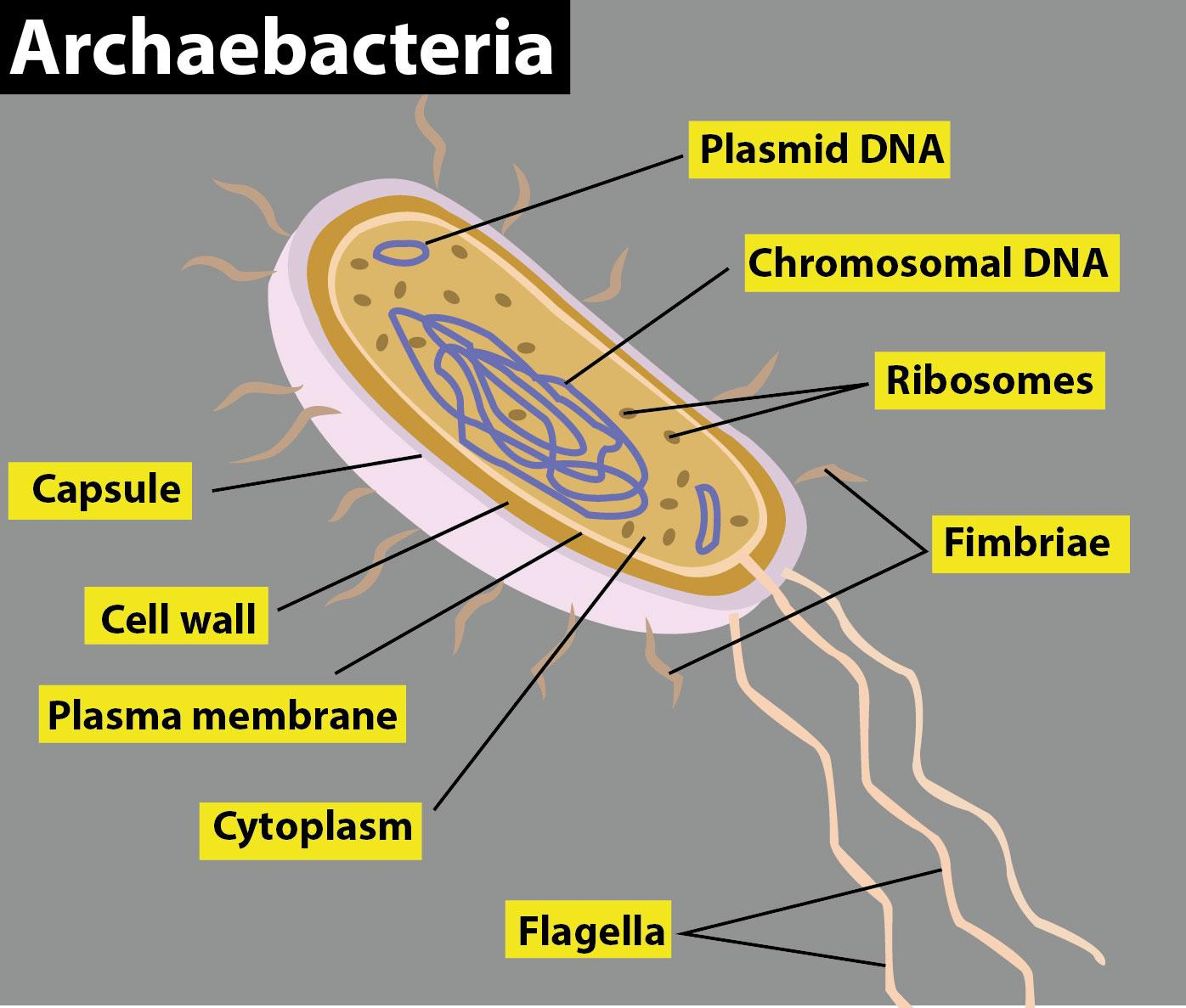
Moneran phylogeny is best evidenced by the sequence of nucleotides in RNA of ribosomes. On the basis of this information, the most primitive monerans are
(a) Archaebacteria
(b) Eubacteria
(c) Filamentous bacteria
(d) Cyanobacteria
Answer
558.6k+ views
Hint: The most primitive monerans are a single-stranded species domain. They are anaerobes that are obligate or facultative. They are methanogens, that is to say, they are able to contain methane. They operate on and decompose organic matter to release methane that is then used for cooking and lighting. The following community is an example: Methanobrevibacter smithii.
Complete answer:
The prefix gives the meaning of 'ancient' in the word Archaebacteria. Archaea constitutes a single-scale domain of microorganisms. These microbes are prokaryotes, meaning there is no cell nucleus in them. There is a large difference between the ribosomal RNA structureArchaebacteria. The specific sequence RNA molecule known as 16S rRNA is present in them.
They are the Monera kingdom's primitive bacteria. The Archaea discovery was exciting for scientists due to its unique differences while on the other hand it is believed that this unique biochemistry of Archaebacteria could help in getting the knowledge of the very ancient life.
The ability to survive in extreme environments, including very salty, very acidic, and very hot environments, is another remarkable trait of Archaebacteria.
Archaebacteria are a group of single-cell species so different from several other typical forms of life that they have questioned the way life is categorized by scientists.

So, the correct answer is, ‘Archaebacteria’.
Note: Till the emergence of sophisticated studies in the field of genetic and molecular biology enabled scientists to see the significant biochemical distinctions between archaebacteria and normal bacteria, all were considered to be a member of the same single-celled kingdom of species. "Kingdoms" included Animalia, Plantae, Fungi, Protista, and Monera. It is a way of grouping living beings based on their cellular structure. Some researchers suggest that the thermoplasma of archaebacteria may actually be the ancestors of the nuclei of our own eukaryotic cells, which are thought to have developed through the endosymbiosis process.
Complete answer:
The prefix gives the meaning of 'ancient' in the word Archaebacteria. Archaea constitutes a single-scale domain of microorganisms. These microbes are prokaryotes, meaning there is no cell nucleus in them. There is a large difference between the ribosomal RNA structureArchaebacteria. The specific sequence RNA molecule known as 16S rRNA is present in them.
They are the Monera kingdom's primitive bacteria. The Archaea discovery was exciting for scientists due to its unique differences while on the other hand it is believed that this unique biochemistry of Archaebacteria could help in getting the knowledge of the very ancient life.
The ability to survive in extreme environments, including very salty, very acidic, and very hot environments, is another remarkable trait of Archaebacteria.
Archaebacteria are a group of single-cell species so different from several other typical forms of life that they have questioned the way life is categorized by scientists.

So, the correct answer is, ‘Archaebacteria’.
Note: Till the emergence of sophisticated studies in the field of genetic and molecular biology enabled scientists to see the significant biochemical distinctions between archaebacteria and normal bacteria, all were considered to be a member of the same single-celled kingdom of species. "Kingdoms" included Animalia, Plantae, Fungi, Protista, and Monera. It is a way of grouping living beings based on their cellular structure. Some researchers suggest that the thermoplasma of archaebacteria may actually be the ancestors of the nuclei of our own eukaryotic cells, which are thought to have developed through the endosymbiosis process.
Recently Updated Pages
Master Class 11 Business Studies: Engaging Questions & Answers for Success

Master Class 11 English: Engaging Questions & Answers for Success

Master Class 11 Computer Science: Engaging Questions & Answers for Success

Master Class 11 Social Science: Engaging Questions & Answers for Success

Master Class 11 Maths: Engaging Questions & Answers for Success

Master Class 11 Biology: Engaging Questions & Answers for Success

Trending doubts
Differentiate between an exothermic and an endothermic class 11 chemistry CBSE

10 examples of friction in our daily life

One Metric ton is equal to kg A 10000 B 1000 C 100 class 11 physics CBSE

Difference Between Prokaryotic Cells and Eukaryotic Cells

State the laws of reflection of light

Explain zero factorial class 11 maths CBSE




